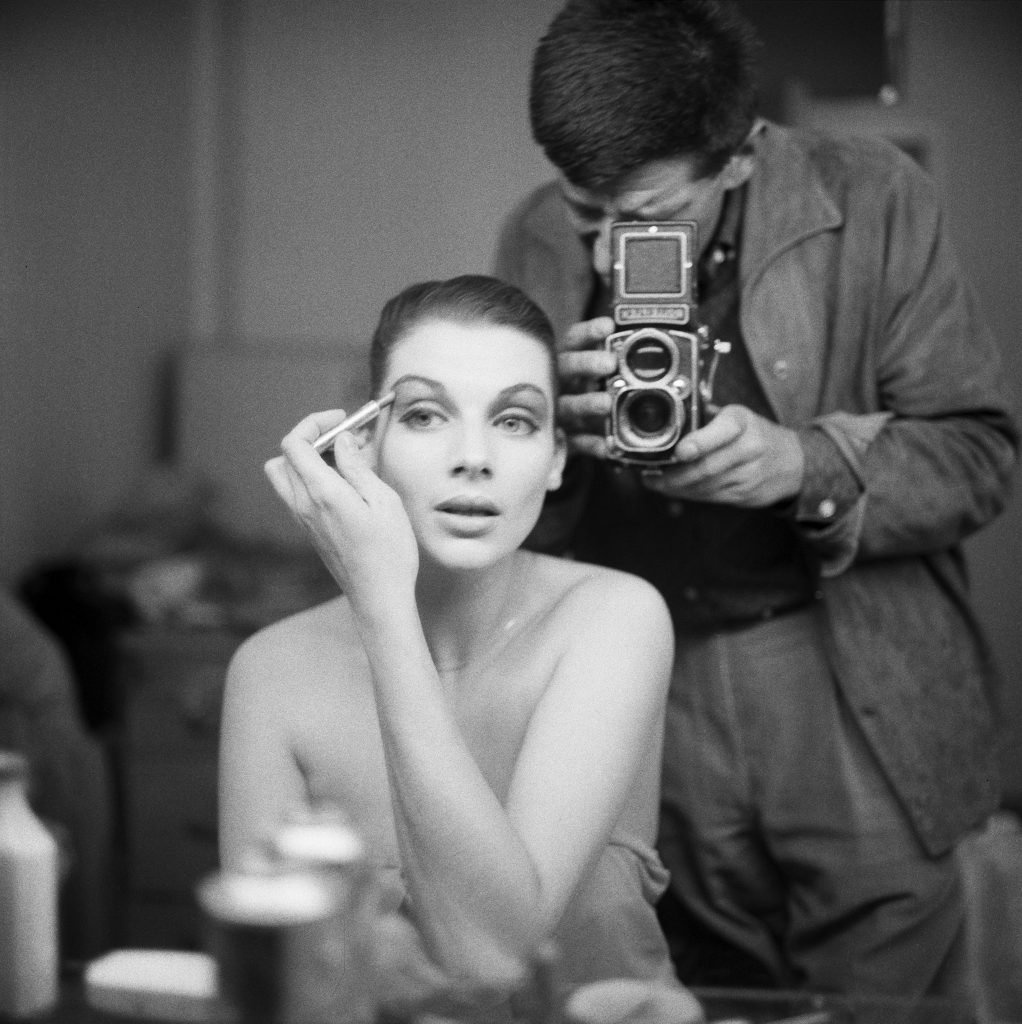
One of my personal favourites in the Library’s vast pictorial collections are the photographs by Henry Talbot.
Talbot was a mid-century, commercial and modern photographer living in Melbourne. He was a German refugee to Australia and was friends with fellow refugee and photographer Helmut Newton, so it followed that he joined his studio in Flinders Lane in 1950. It is the period following this, covering his work in Melbourne in the 1950s and 1960s, that we hold at State Library Victoria.
The Talbot archive is extensive, nearly 13,000 frames on 7,400 strips of negatives… and I have personally looked through every image!
This attention to detail is a luxury when working with collections, and the reason for viewing each image was to select some of Talbot’s images to display on our online catalogue.
The Talbot collection was a prime candidate for selective digitising, as the images include a fair amount of repetition. This is to be expected from a commercial archive. Perhaps working to capture the perfect shot or to supply a variety of image options for his clients. So, my selection aims to capture the essence of the archive and make it available online for all to explore. The full set of negatives are safely stored and available for consultation as needed.
My interest and enjoyment of the Talbot collection comes partly from the immersion and familiarity I developed through the project, but my love for Talbot’s photography is ultimately due to how engaging his photos are. I’m sharing a selection of arresting and nostalgic photographs to show why the Talbot collection is so special. These images share insights into his photographic techniques and as a bonus – are a fun look back at 1950s and 1960s fashion.
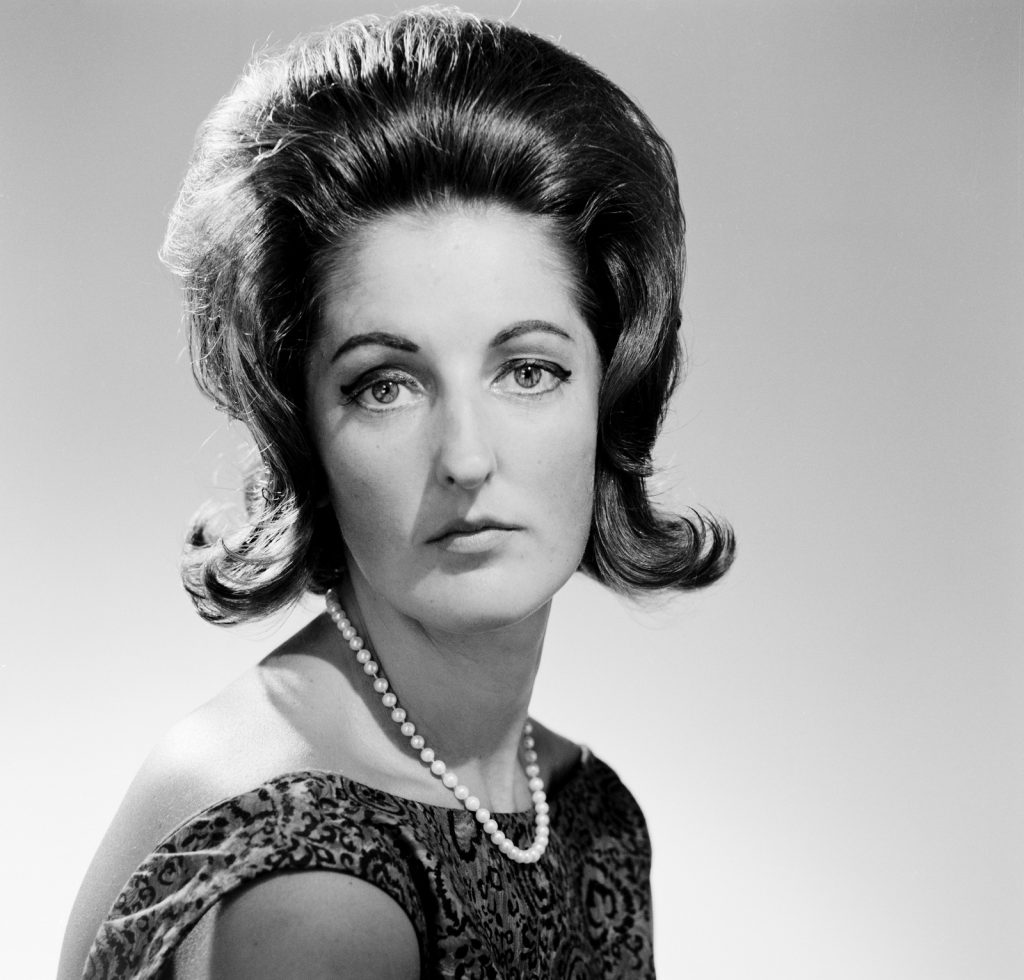
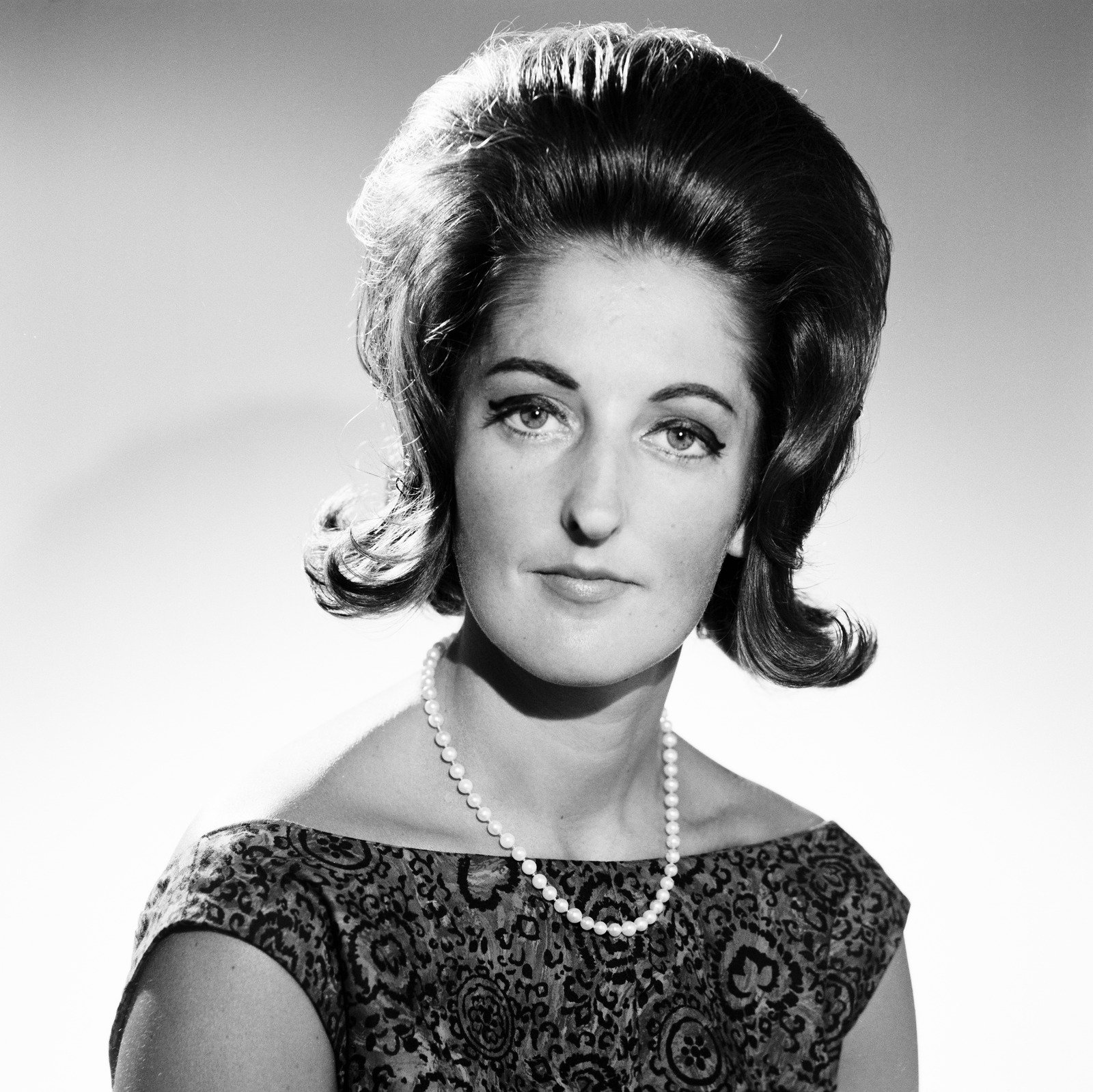
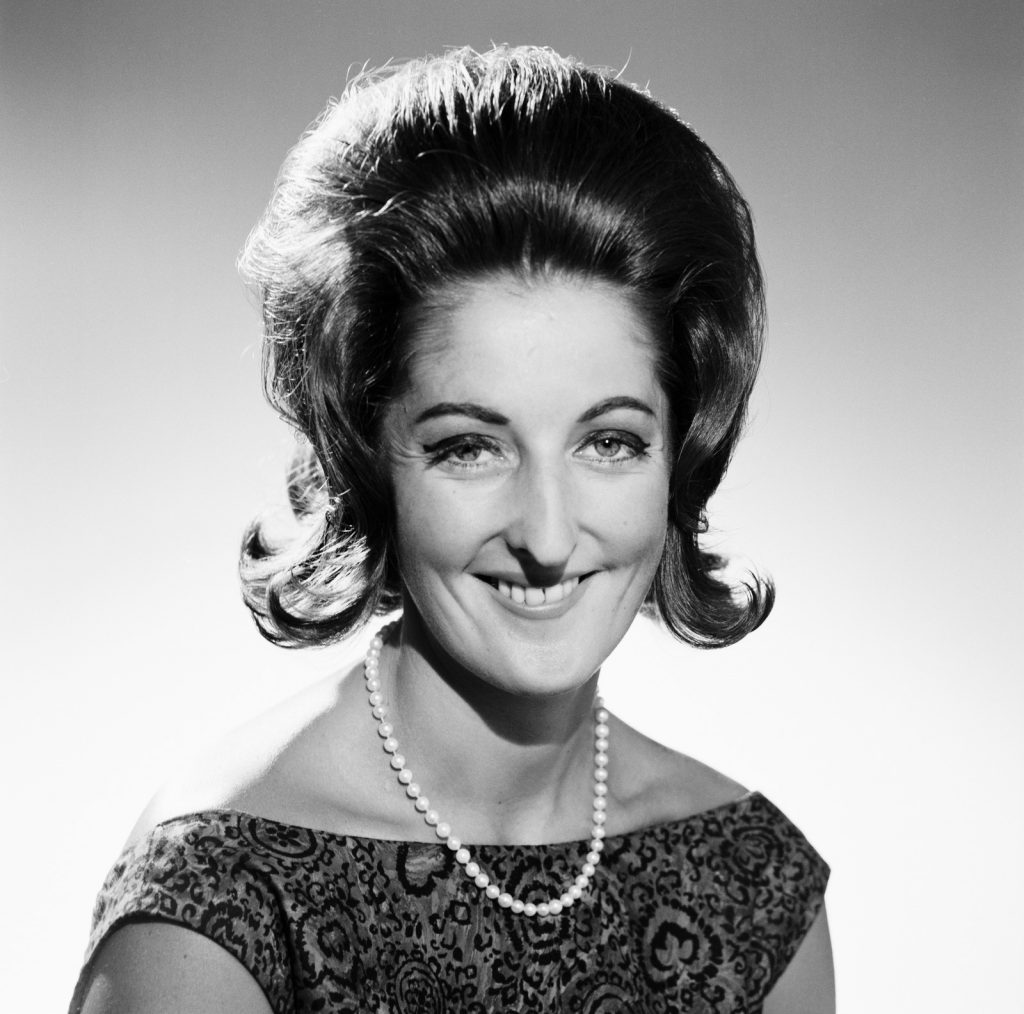
These portraits of designer Joy Nilsson, taken in 1961, are an interesting example of Talbot’s approach to his work. This full photo shoot has 24 negative frames, and I chose these three to be digitised to represent that set.
Talbot shot a series of compositions and poses for Nilsson, repeated in slight variation. The overall experimentation of the photographer can be seen in the distilled selection – with Nilsson smiling or serious, shoulders turned or front on. This is what makes selection work so interesting, trying to get into the mind of the photographer during the shoot that took place 60 years ago.
Talbot was perhaps known best as a fashion photographer and the archive includes many examples of this. The clients Golden Fleece (petroleum and service stations) and the Australian Wool Board appear repeatedly in this collection, with some fascinating creative and design direction in his photo shoots.
Talbot didn’t work only work in fashion. His commercial practice was broad and included other advertising gems like domestic chicken dinners, or a romantic night out with a bottle of beer.

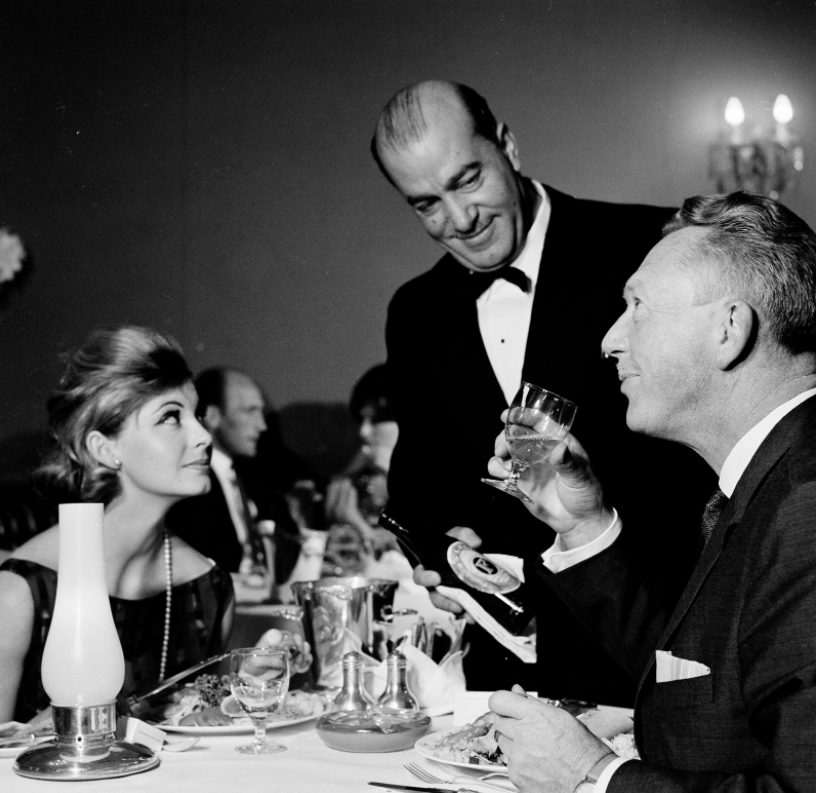
Right: Paton Advertising Service beer shots, models Peter Remar and Pat Nisson, 1962; H36172/370a. Copyright Henry Talbot.
On the other end of the spectrum sits his portraiture. Sparser and with few props or staging techniques, his portraits of professionals and performers are stunning. They capture an intimacy and realness of the subject. I particularly love how he uses lighting to such advantage.

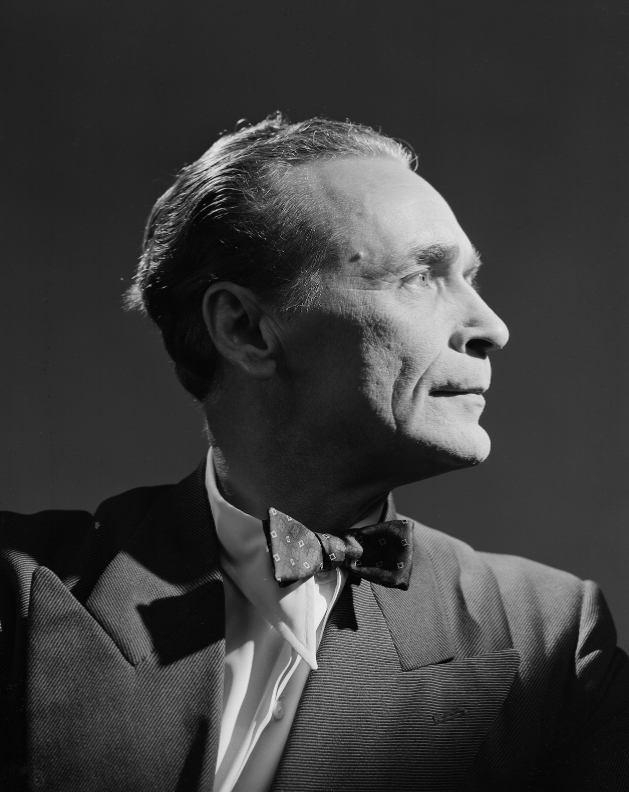
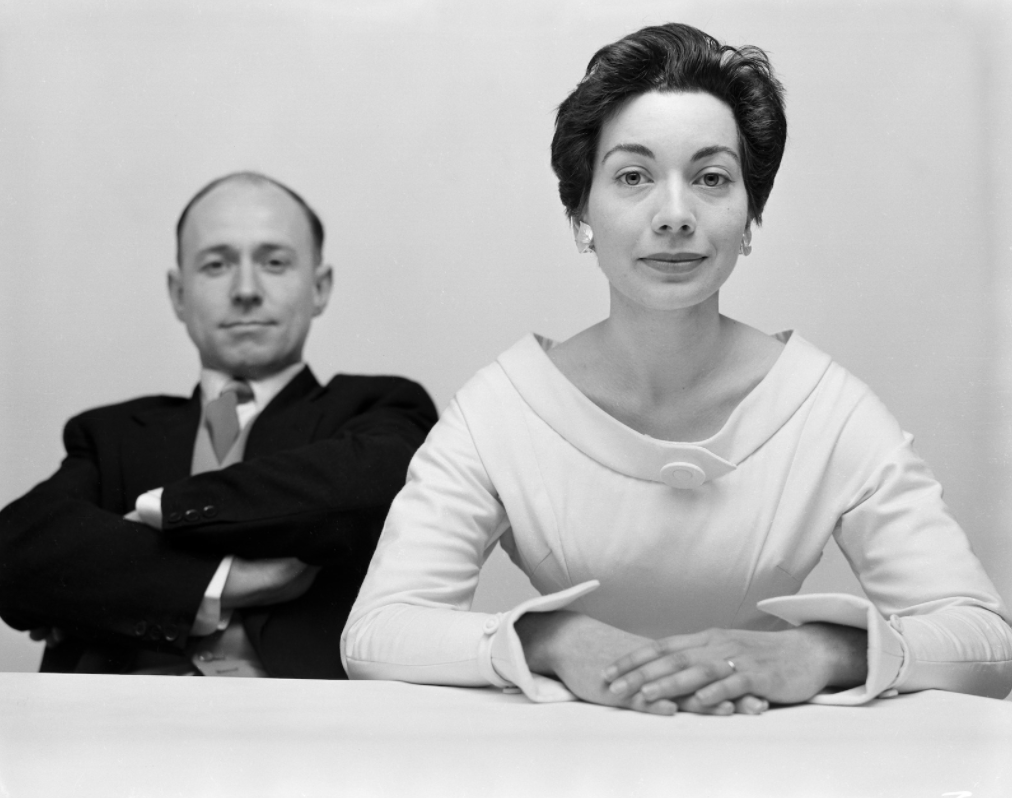
Head and shoulder portraits of Arvid Fibigs, dancer from the Borovanski Ballet, 1950-1960; H36172/6438a. Copyright Henry Talbot.
Portrait photographs of Mr and Mrs Ray Lawler, 1956; H36172/5522a. Copyright Henry Talbot.
In fact, his lighting equipment can be spotted in some of the negatives, giving us an insight to the technique of a commercial photographer, showing elements that were unlikely to be included in the final post-production shot.

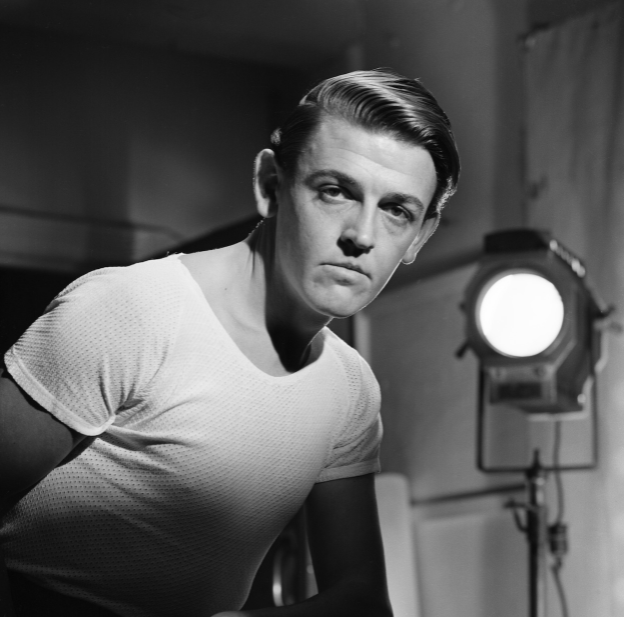
Right: Portraits of actor Frederick Parslow, 1958; H36172/6862a. Copyright Henry Talbot.
Talbot’s work was not only impressive in his close-up personal approach, but also in these dramatic, industrial examples.
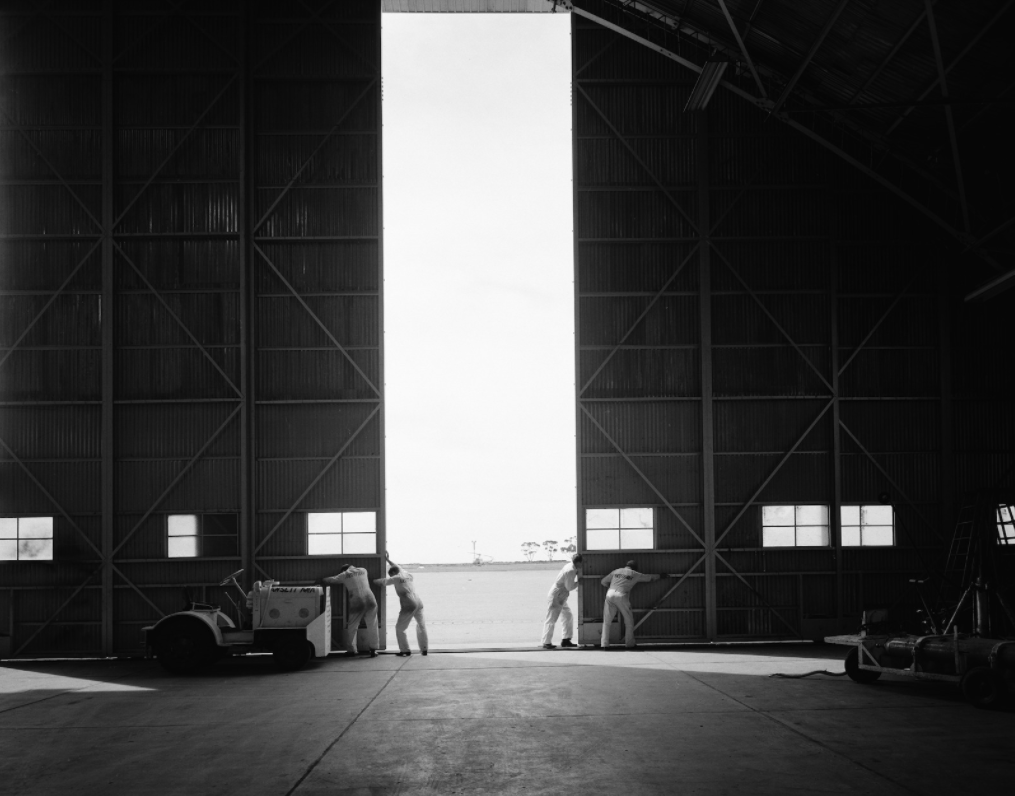
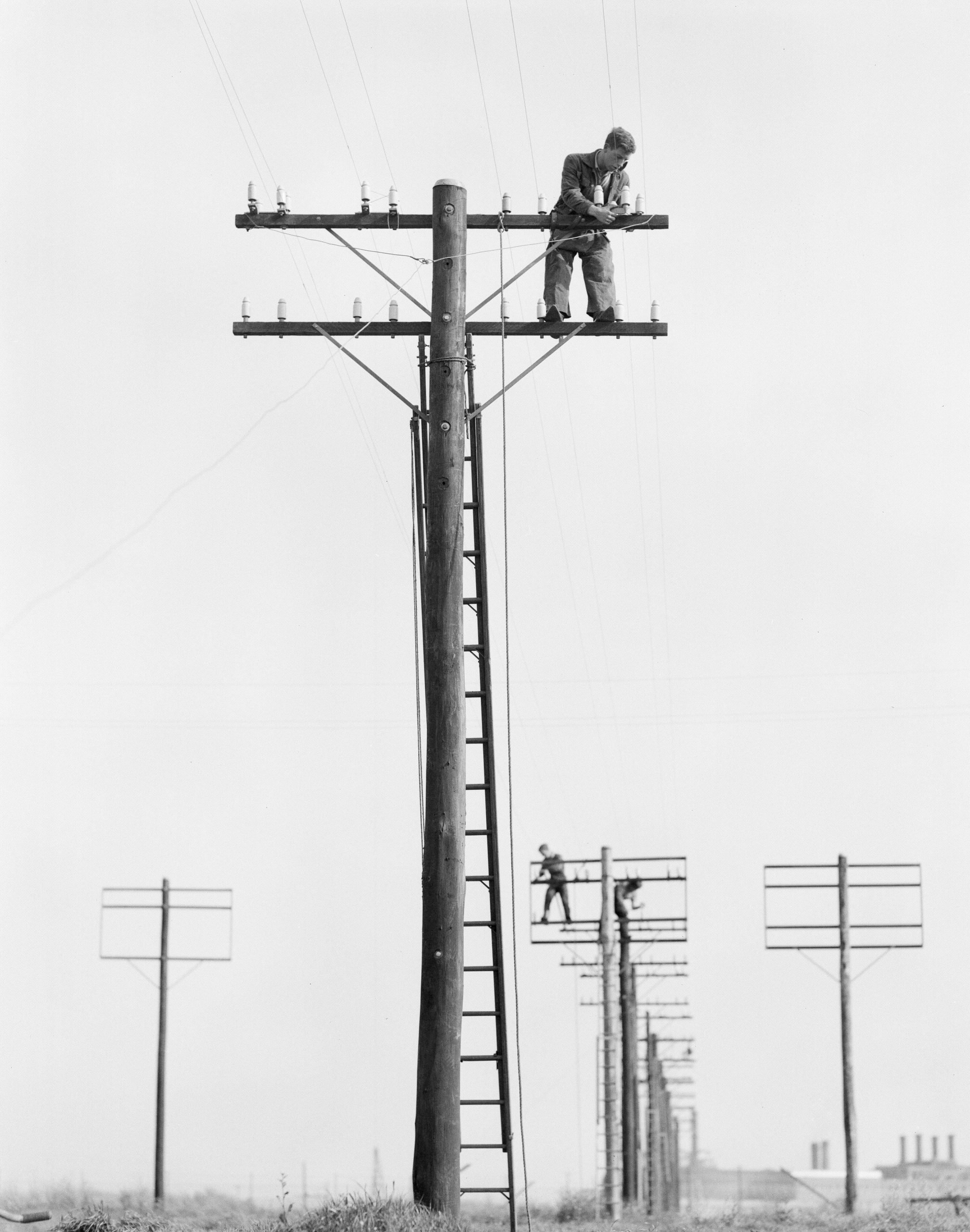
Right: Workers on telegraph poles, 1963; H36172/5727b. Copyright Henry Talbot.
For another change in subject, the performing arts feature strongly in this collection. There are photos of live music, ballet and theatre stars, and full stage sets and scenes from performances and rehearsals.
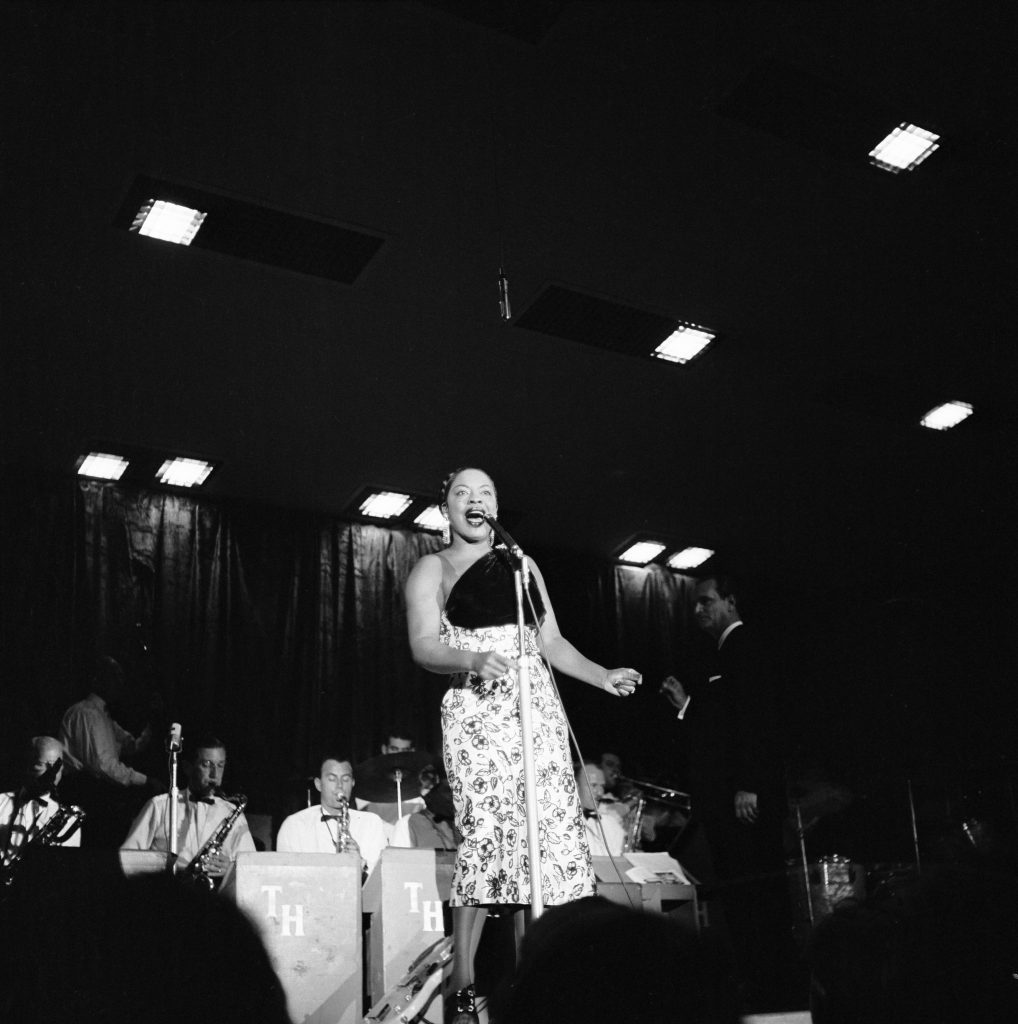
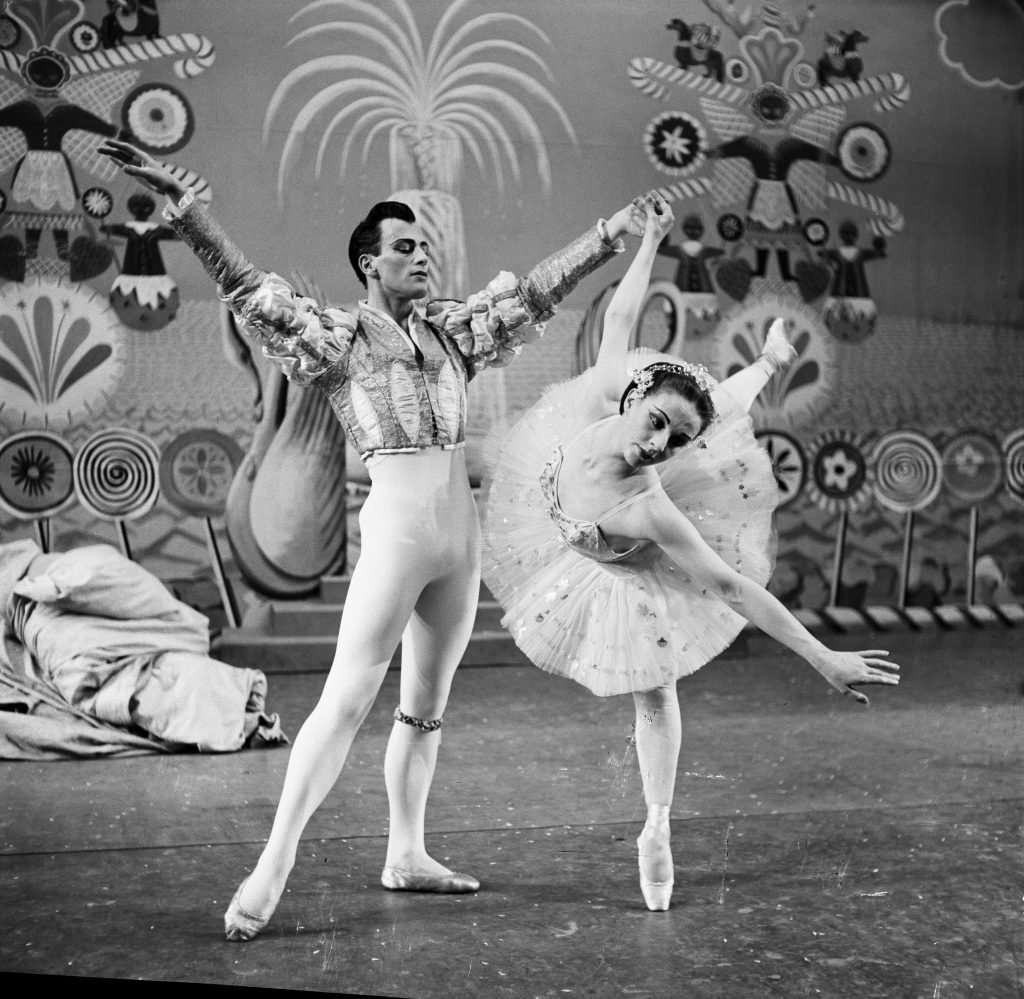
Right: Borovansky Ballet – Action shots, 1962; H36172/5051a. Copyright Henry Talbot.
I’ll leave you with a spot-the-difference, where Talbot has made some design adjustments to the costume and models in this shoot for reasons that, in the passing of time, may only be known to him.


Relive this iconic mid-century period with the full Henry Talbot collection online.
All images in copyright and reproduced with kind permission from Lynette Anne Talbot.


I worked as a Nanny for Joy & Jimmy Nilsson in 1969.
They were a lovely couple and great to work for.
Such a stunning collection!
Great blog post thank you. Post covid will there an in person exhibition?
Thanks Helen! I’ll pass on your feedback to our Exhibitions staff. Some of Talbot’s photographs were featured in a past SLV exhibition, “As modern as tomorrow” (2011) which you can revisit here:
https://www.slv.vic.gov.au/search-discover/galleries/modern-tomorrow
I bought a camera from Henry when he auctioned off all his equipment, it was in a studio just off Latrobe Street, over the road from Russell St Police HQ. There were 20 or 30 Hasselblad bodies, 40 or 50 lenses, an assortment of film backs laid out on tables, it was a case of bidding on an item when it came up in the list.
There is really something special to be appreciated in black and white photography.
It’s hard to comprehend that the Maggie Tabberer pic was taken over SIXTY years ago, but I was really taken by the quick change in attire of “mein host” in the two Du Maurier pics (and the change of model on the right/swap out with the model in the rear right?).
Yes, exactly! Well spotted 🙂
Lovely commentary.
I was a close friend of Henry’s and knew him for over 50 years.
I was also his and Helmut Newton’s professional accountant
in Australia
I have just started reading “Walls of Wire”, a history of the WWII internment camps at Tatura (where my grandfather served as an officer), and only learned this week that Henry Talbot and Helmut Newton were internees.
The photograph beside that of Arvid Fibigs is of Margaret Scott, later Dame Margaret. Doctor Michelle Potter wrote her excellent biography, back in 2013/2014. Definitely recommended reading!
Thanks Judy! How wonderful to identify Dame Margaret, I have passed on your information to colleagues in cataloguing to revise the record.
Very nice Bridie It was great to read your post, the way you made it, it is commendable, keep posting like this, very nice again
Wow! Amazing Bridie, It was very fantastic artical Thanks For Post
wow! Such a nice article.
Thanks Bridie Flynn !! Such a great post to read.
Thanks Flynn! For yr amazing article about the 60’s Melbourne bridle images and i am also looking forward to explore more photos clicked by Mr. Henry Talbot.
It contains the world’s largest collection
Lovely commentary.